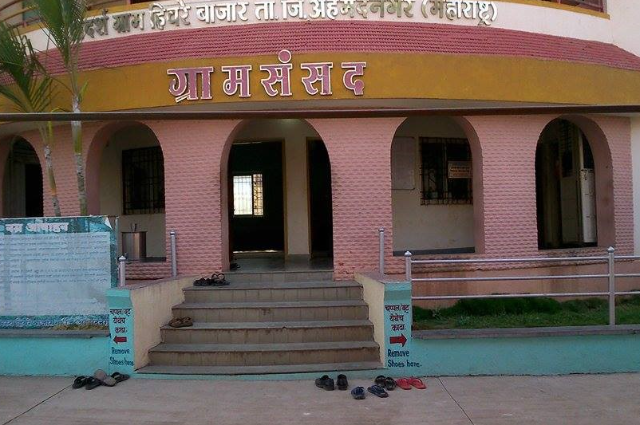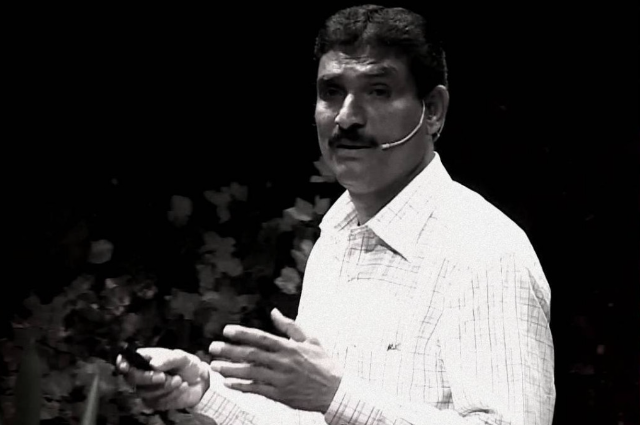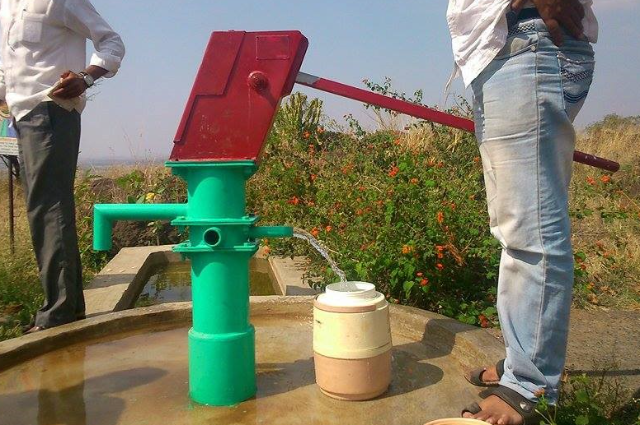
We often hear stories about changing weather patterns, and instable financial conditions leading many rural areas towards poverty and destruction. However, a village from Maharashtra in India is setting examples of how to become a successful and prosperous village. This village is Hiware Bazar and it is situated in the Ahmednagar district of Maharashtra. It is India’s richest village and it supports the highest Per Capita Income in the country. With its overall population of around 1,250, the villagers earn an average of Rs 30,000 every month. And out of its across 235 families, nearly 60 families are millionaires!
In recent times, when India is facing a horrific second wave of COVID-19, which nearly destroyed many people’s lives, the Hiware Bazar was declared covid free. The villagers of Hiware Bazar strictly followed all the COVID-19 precautions. Besides following social distancing rules, villagers also used masks and sanitizers, supplied by its Gram Panchayat. A few teams also kept a tab on the markets to see that all the COVID-19 guidelines are being followed. Many people give the credits to this incredible work to the Padma Shri Award winner and the Sarpanch of Hiware Bazar Shri Popatrao Pawar. Yet, this is not the first time that Popataro has demonstrated his excellent vision for the benefit of his village. And the sarpanch has been widely recognized for his work on transforming a drought-prone region into a green village.
A few decades ago, the region of Hiware Bazar was considered one of the most drought-prone villages of Maharashtra. The monthly per capita income in the village was around Rs 830 in 1995. The local economy and the social structure of the village were in massive chaos, and around 90% of the villagers also migrated from this region. Lack of water in the region turned their fields infertile, and the locals also started to drink, gamble and fight. When the village was looking like a total mess, Popatrao Pawar, the only postgraduate in the village at that time, contested the Gram Panchayat elections and became the Sarpanch of the Hiware Bazar.

Popatrao Pawar was highly inspired by the work of activist Anna Hazare and his work in the nearby village named Ralegan Siddhi. After taking charge, Popatrao started rainwater harvesting and water conservation programs in the village. He likewise convinced the villagers to shut down the 22 liquor shops in the village, and got the Gram Sabha to tie up with the Bank of Maharashtra to grant loans to poor farmers. The villagers of Hiware Bazar also built 52 bunds, 32 stone bunds, and 9 check dams. With increasing groundwater levels, the village gradually started to prosper.
The lives of villagers of the Hiware Bazar have dynamically transformed. People came back to their homes in the village from cities where they were working as laborers. The number of families increased from 90 to around 235. And as result, around 32 families that had earlier migrated to nearby urban areas of Mumbai and Pune came back to the village. The process of social integration in the village led to the formation of women thrift groups, milk dairy society, youth clubs, common crematorium facility, and several other co-operative schemes. The village also planned to start the Hiware Bazar brand for selling their local products in the market.

Even water scarcity is not the problem anymore in the village, and it has 294 open wells, each packed with water. According to www.rainwaterharvesting.org, the Hiware Bazar is also presently maintaining a patch of land where 100 different species of plants are duly preserved. A five-pronged approach has been implemented for the socio-economic infrastructure of the Hiware Bazar that contains, free labor, ban on tree cutting, ban on liquor, and family planning as well.
Farmers of Hiware Bazar now collaborate with people instead of employing laborers, and everyone make profits from it. Two or three families are always seen working collectively in each other’s farms. Remarkable work culture has been developed among the local people of Hiware Bazar. Proper plans and policies implemented by their leader and accepted by their citizens has led the village to become a model for community development. Hiware Bazar has developed as an admirable example of what a village can do when it comes together for a noble cause.
___________________________________________
Reference:
- www.downtoearth.org.in
- www.rainwaterharvesting.org
- www.jalshakti-dowr.gov.in
